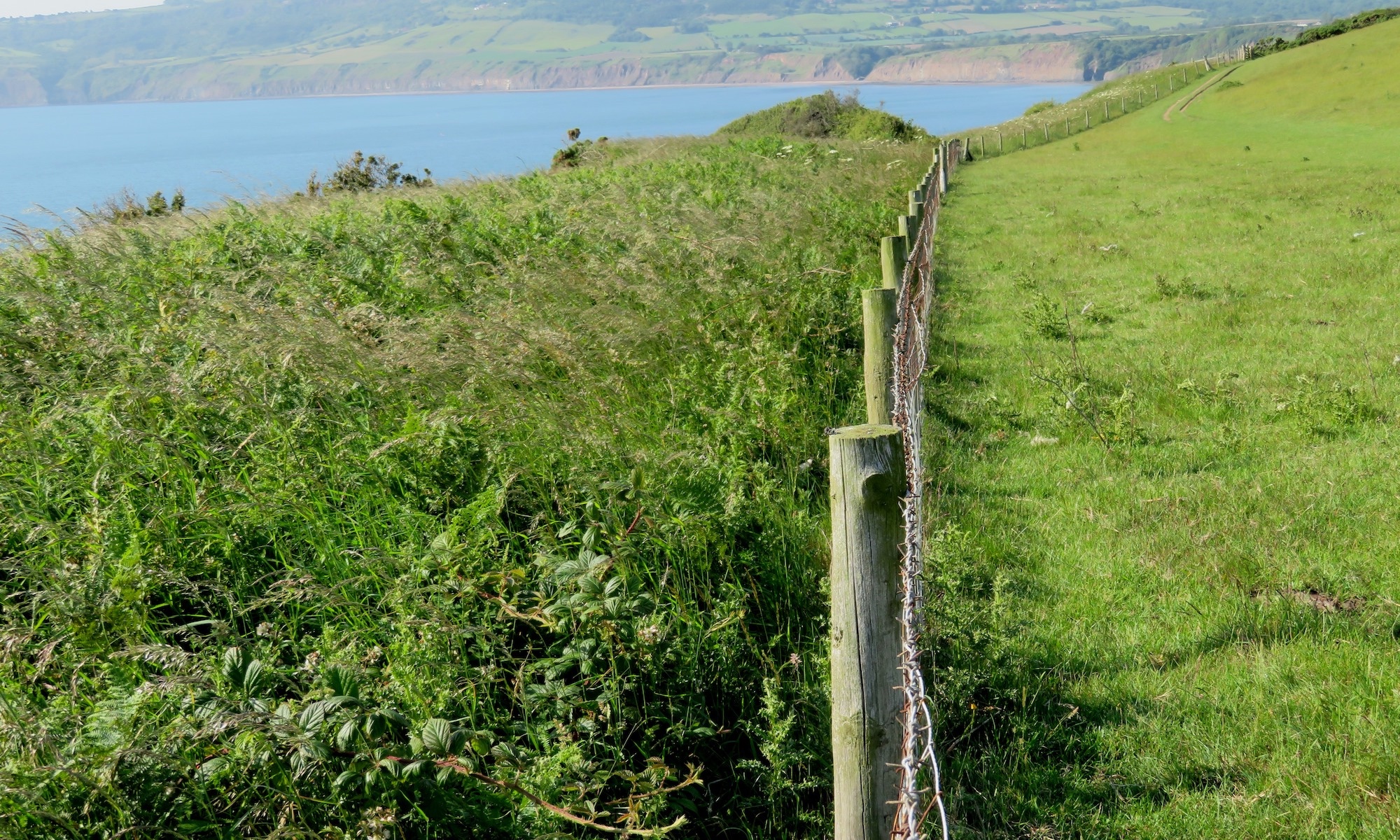by Kate Graham
3rd February, 2022
Any rewilding project is exciting, but when it involves over 1000 acres of a 3,000 acre estate, it is particularly exciting. Broughton Sanctuary lies just outside Skipton, in Craven, a district that now has, after centuries of intensive grazing, a mere 6% woodland cover. Before the project started the estate had some pockets of woodland, some moorland and expanses of heavily grazed rolling green fields.
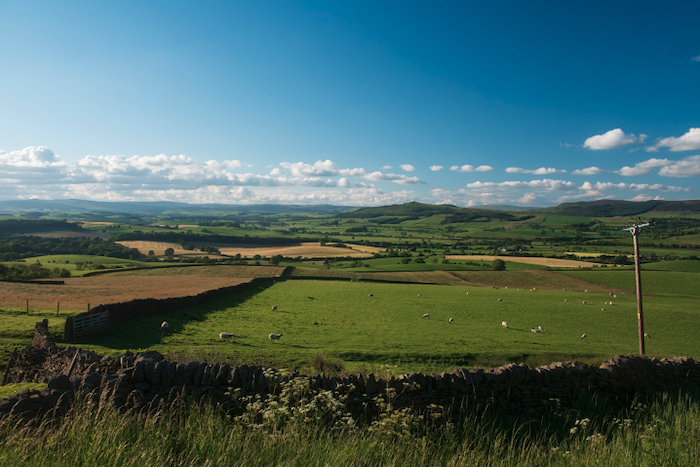
The landowner is being advised in a private capacity by the well-known UK conservationist Alastair Driver and they have worked closely with JBA consultants who are leading on flood prevention measures for the Environment Agency. They are now in the middle of the second planting season. In the first season, an incredible 200,000 trees were planted (out of a five year plan for one million trees). This season it looks like the numbers will be lower (around 50,000) as several of the planned planting areas have required bird surveys, and whilst this is now in hand it has taken time to set up.
The first tranche of trees survived their first year remarkably well. Kelly Hollick of Broughton Sanctuary said, “ We were very worried about how well they would go, as we ended up planting well into April, which is way too late, due to all the snow earlier in the season, but we were really lucky with the weather (it rained a lot) and we have lost less than 1%.”
Broughton have planted a wide range of native broadleaved deciduous trees: oaks (sessile and pedunculate) beech, hawthorn, birch, hazel, hornbeam, black walnut, rowan, willows, aspen, crab apple, blackthorn, bird cherry, field maple, elder, and alder.
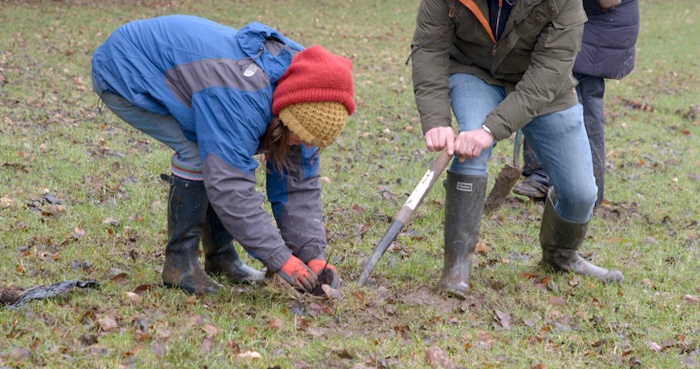
The trees are all sourced from within the UK, and paid for by the White Rose Forest, as part of the Government’s climate mitigation plan. Broughton have also established some areas for natural regeneration, but the potential for this has been limited, as there are so few trees on the estate, and because the diversity is very limited, with the majority being sycamore, ash and hawthorn.
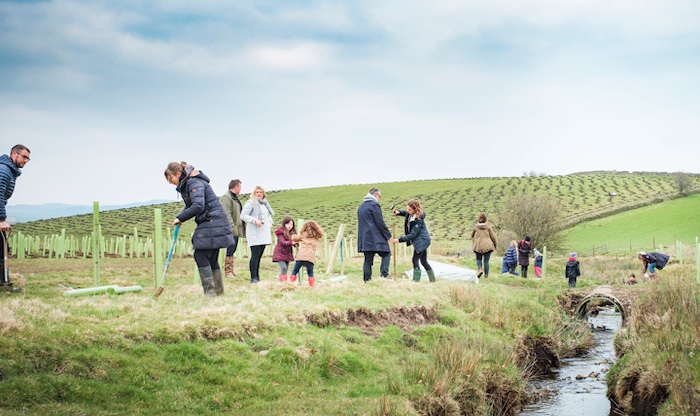
As well as planting trees they have been busy creating leaky dams, blocking gullies and opening up in-field culverts, funded by the Environment Agency as part of the natural flood management programme associated with the Leeds Flood Alleviation Scheme. These interventions are creating more diverse habitats, and later this year they are planning to continue this by creating and enhancing ponds and other wetland areas.
Broughton has also quite literally, let the grass grow under their feet: they have taken off the sheep and stepped back to see what happens. In some areas, the remnants of old meadows are remerging, with one area full of yellow rattle and others with harebells and lady’s bedstraw. Even just a year in, they can start to see the changes, and as well as having a plan for new planting and new interventions, equally important is watching and waiting to see what emerges.
So far they have seen a big increase in insect life, especially grasshoppers and crickets and this in turn has led to a marked increase in voles and thus Kestrel, Barn Owl and Buzzard sightings. With less compacted soil, the surface run-off in storm events is being reduced. Everywhere looks different, whether due to the new trees or the long grass waving in the wind. The biggest challenges have been the paperwork and getting everything done and signed off in the right order, at the right time, in the right way: the actual work on the ground has been fine!
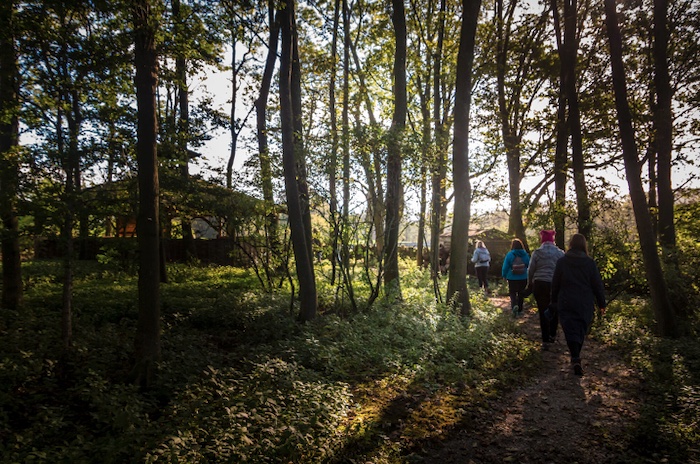
For the future, Broughton’s priorities are further flood prevention work, more surveys to compare biodiversity and soil quality with baseline surveys, developing more wetlands and restoring more wildflower meadows to be a haven for wildlife, and eventually more trees. They are also planning to integrate the health and wellbeing activities on the estate with the rewilding landscape. In seven or eight years they hope to start to introduce some native breeds: Longhorn cattle and Tamworth pigs to graze, as proxies for formally native herbivores like Bison, Elk, Beaver and Boar.
In the meantime, the Broughton Sanctuary project reminds us that the clock is ticking on tackling climate change and reversing the huge decline in biodiversity, so there is a need to intervene now to kick start the recovery of our ecosystems and to be bold and brave with those ambitions.
For more information about the Broughton Sanctuary project:
- England’s Community Forests’ Case Study: Trees for Climate: Broughton Sanctuary
- Brought Hall Estate’s Nature Recovery Programme
